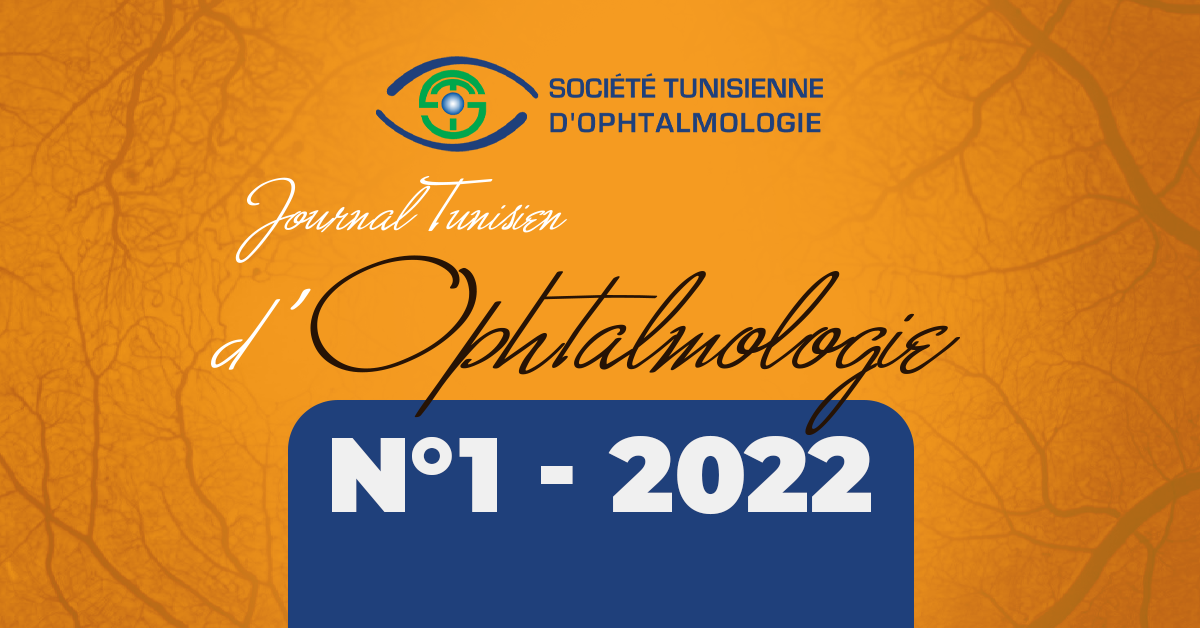
Infectious complications of open globe injuries with vegetal intraocular foreign bodies
18 octobre 2023
Idiopathic large macular holes: management and review of literature
18 octobre 2023
Abdaoui Mouna*, Zgolli Hsouna, Jabri Ahmed, Ben Abderrazek Atf, Nacef Leila
Department A , Hedi Rais Institute of Ophthalmology (Tunis, Tunisia)
Keywords
Macular holes, Inverted Internal Limiting Membrane (ILM) flap , Optical coherence tomography.
Abstract
Background. Large idiopathic macular hole (IMH) is responsible for gross impairment of central vision. The aim of this study was to evaluate the anatomical and visual outcomes of inverted flap technique of peeling of internal limiting membrane for large IMH.
Methods. We conducted a prospective, descriptive study in Hedi Rais Institute of Ophthalmology, department A, which included 40 patients with large idiopathic macular hole and operated between January and September 2020 with a minimum follow-up of 9 months. All 40 macular holes (diameter > 400 μm) were treated with inverted internal limiting membrane (ILM) flap technique. The procedure for macular hole surgery was pars plana vitrectomy, posterior vitreous removal, ILM peeling with brilliant blue assisted, inverting ILM flap into macular hole, filling of the vitreous cavity with a gas bubble (SF6 20%) and post-operative face-down positioning for five days. SD Optical coherence tomography (OCT) images were taken preopera- tive and postoperative 1 month, 3 months, 6 months and 9 months follow up to assess the anatomical outcome of surgery and best corrected visual acuity (BCVA) was used to evaluate the functional outcome during each visit. The BCVA was recorded using the Snellen chart and was converted to the logarithm of the minimum angle of resolution (LogMAR) equivalents.
Results. The mean age of patients was 65.97 ± 4.7 years. The MH closure rate after surgery was 90%. Complete recovery of the external limiting membrane and ellipsoid zone was observed in 83% and 64% of the patients respectively, 9 months after surgery. External limiting membrane and ellipsoid zone recovery correlated with best-corrected visual acuity (p<0.001).
Conclusion. Inverted internal limiting membrane flap technique is an effective method for repairing large macular holes.
